The CMP Review — Week of May 19
May 19, 2025
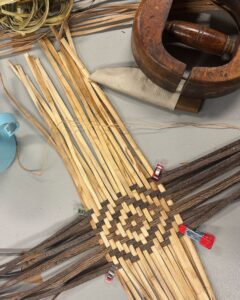
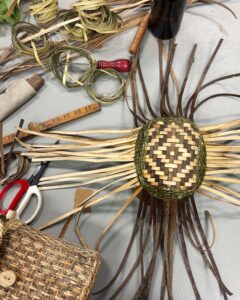
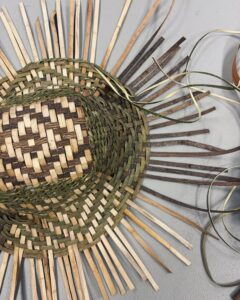
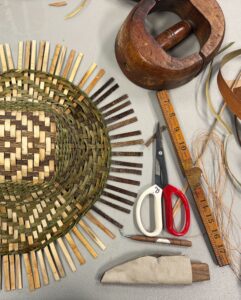
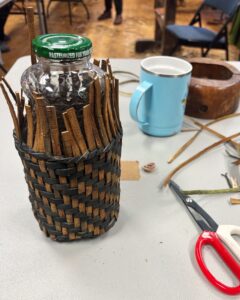
In progress: the making of a hat and bonus water bottle cover, woven out of tulip poplar and mimosa bark. For the water bottle cover in the last slide, the tulip poplar was dyed with madder and iron. I’ll share completed photos next week.
@tessakeath
May 20, 2025
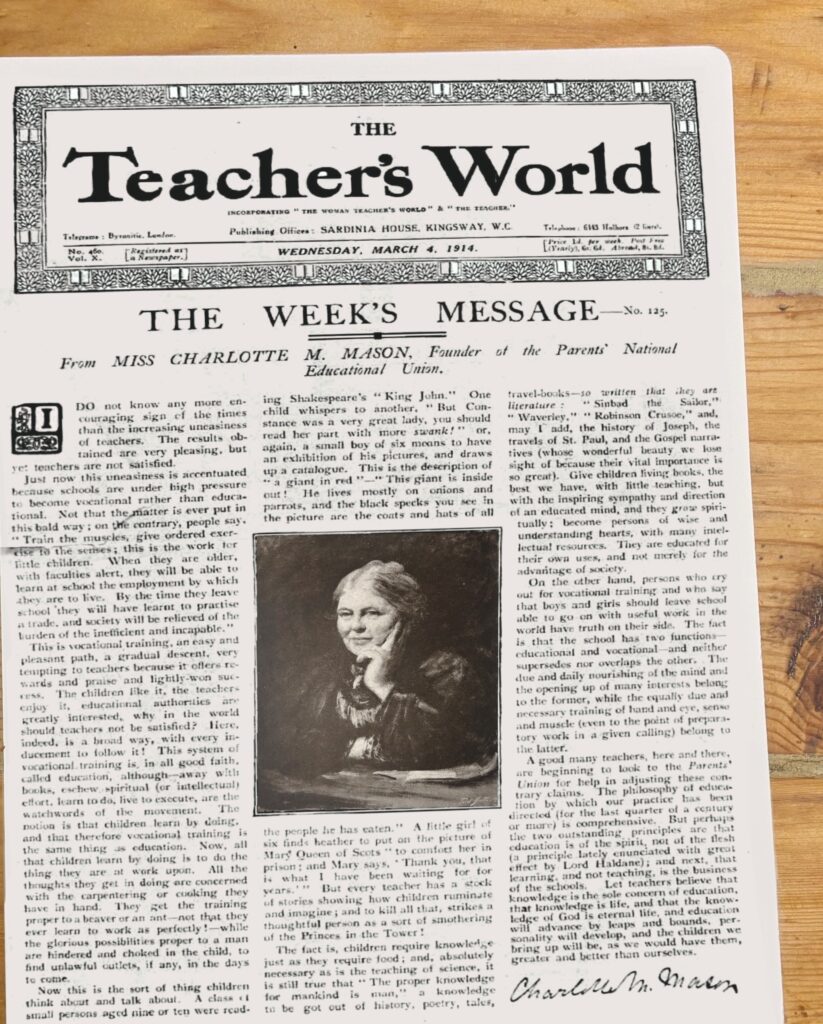
In February 1913, Charlotte Mason received the examiner’s report on the work done by children in the Parents’ Union School. She was thrilled and wrote to her confidante Henrietta Franklin:
No school anywhere could furnish such a record, I feel more and more ashamed that we should be keeping all this good thing to ourselves. We must make it national, quite independent of us—for we have already almost more than an organization can manage. You will have to talk to teachers like anything!
It was the beginning of a new phase of outreach that would dominate the final decade of Miss Mason’s life. An early part of that outreach was a front-page article by Mason herself that appeared in the March 4, 1914 issue of The Teacher’s World. It was her concise appeal to teachers across the nation to adopt her method.
How can we best summarize the reasons we use the Charlotte Mason method? Perhaps Mason’s own summary of 1914 can point the way. Read or listen to our transcription of this important piece here.
@artmiddlekauff
May 21, 2025
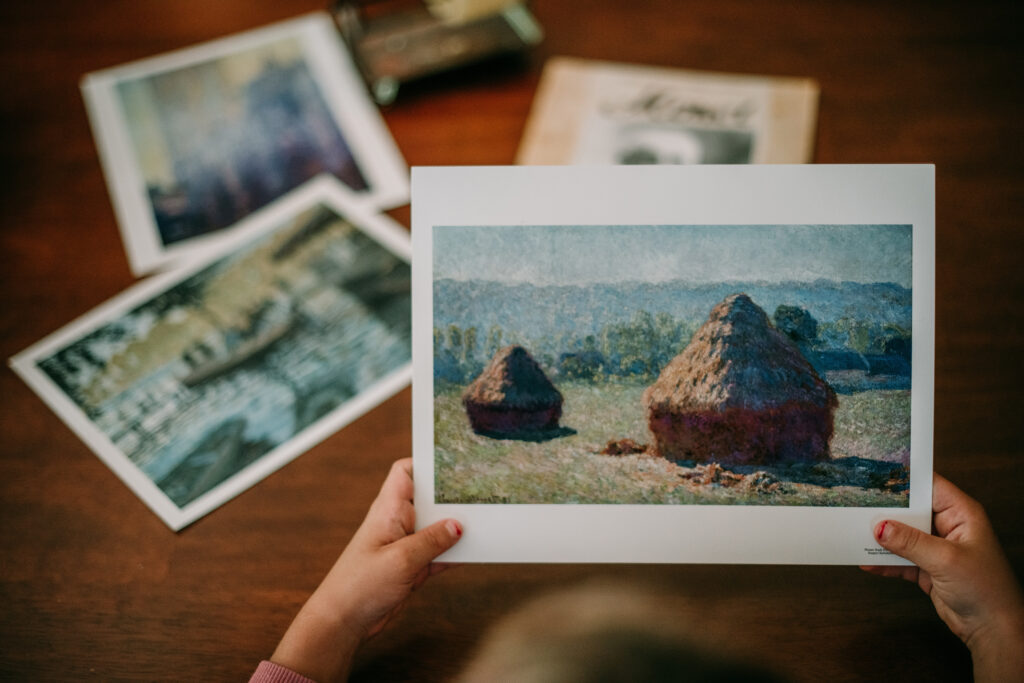
Charlotte Mason tells us it’s impossible to measure the positive effect that really looking at even a single great picture can have upon a child, or the impact on his sense of beauty, and his power of seeing when an artist reveals the wonder of the common sights of life to him through a painting.
Opening our eyes to the wonder that surrounds us—the wonder of the everyday, that power belongs to the artist.
Growing up in the rolling hills of Northeast Iowa, our farmhouse was surrounded by hayfields. While we liked to play in the fields, farming was a way to make a living, detassling corn and baling hay were popular summer jobs. And a great many of us dreamt of escape from this rural landscape.
It was when looking at an image from Claude Monet’s Haystacks series that I really saw the beauty of our rural home & land for the first time.
@rbaburina
Image @aolander
May 22, 2025
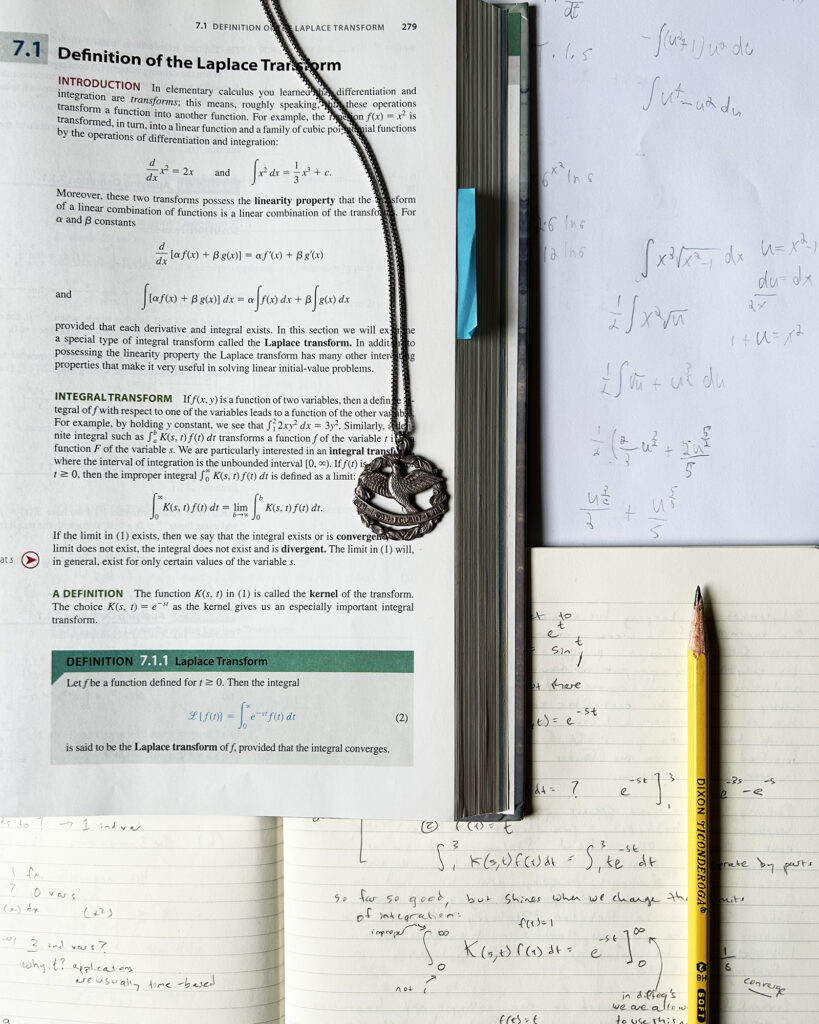
In 1782 Pierre-Simon Laplace published a paper describing an integral that can be used to transform one function into another. His focus was on probability theory, but his transform was picked up in 1893 by Oliver Heaviside who saw that it could be used to solve differential equations encountered in electrical engineering. Thanks to Heaviside, the Laplace transform is part of the standard curriculum for modern engineers.
I got caught up in this story when my eldest son was taking his last pure math class in college. I was following along with him so I could answer his questions and support his learning. It was hard for me to grasp but something intrigued me about it. An 11-year-old was around and overheard the many and incidental conversations around the house about the Laplace transform.
This 11-year-old was my youngest son, and he wanted to know what it was all about. But I explained to him that math is sequential. I said that there were many, many things he had to learn first. But that someday, if he worked very hard, I might be able to share with him what I know about the Laplace transform — if he hadn’t graduated from homeschool by then.
Lesson after lesson, hour after hour, week after week, this boy worked. Years passed and he became a teenager and then a young man. He never tired, he never grew weary, because math was his favorite subject. His interest never lagged.
Finally, he completed every prerequisite. He reached his goal and calculated his first Laplace transform last week. Not with a sketchy understanding but with a firm grasp based on a solid foundation.
Some experts out there issue stern warnings about Charlotte Mason. They say she was an idealist and that her ideas will not work in the real world. It will only lead parents to frustration. Love of knowledge is not enough motivation for a child to learn, they say. Some other motivation must be called into play. Rewards. Marks. Prizes. That’s the way things work. Charlotte Mason, they say, is just telling a fairy tale.
In one sense they are right. Charlotte Mason did tell me a fairy tale. I believed it. And it came true.
@artmiddlekauff
May 23, 2025
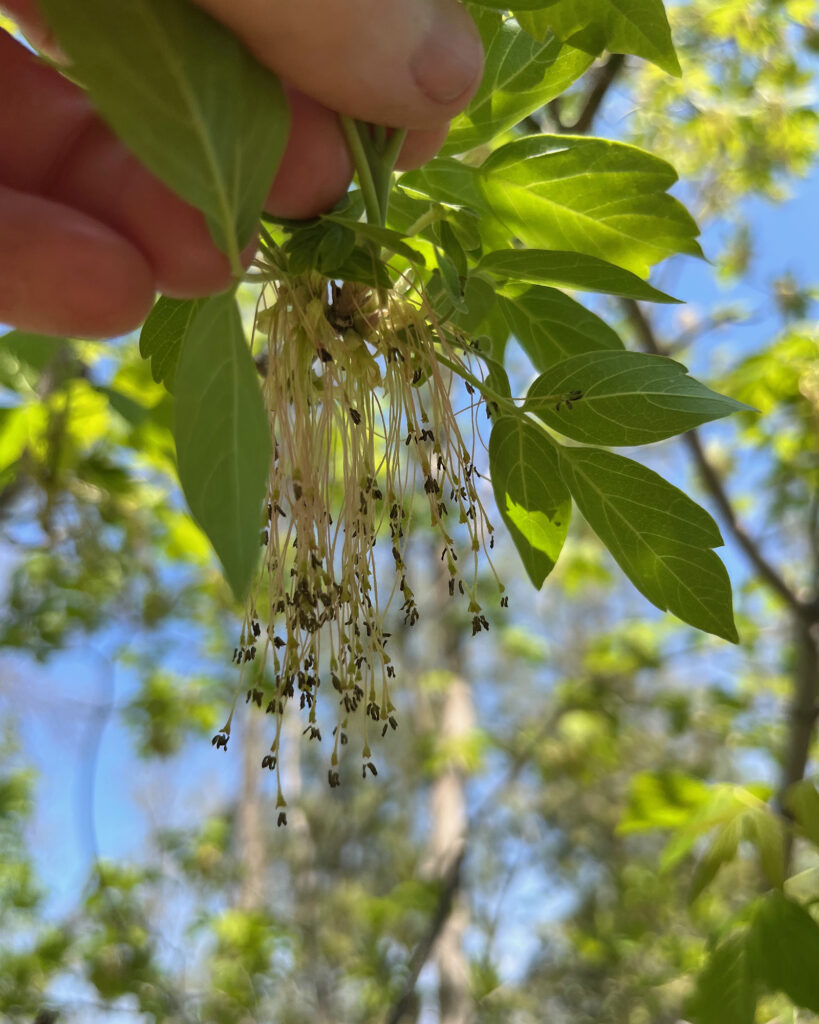
“Eyes and No-Eyes.—Do you know how Eyes and No-Eyes went out for a walk? No-Eyes found it dull, and said there was nothing to see; but Eyes saw a hundred interesting things, and brought home his handkerchief full of treasures. The people I know are all either ‘Eyes’ or ‘No-Eyes.’ Do you wish to know which class you fall into? Let me ask you two or three questions. If you can answer them we shall call you, Eyes. If you cannot, why, learn to answer these and a thousand questions like them. Describe, from memory, one picture in your mother’s drawing-room without leaving out a detail. Name a tree (not shrub) which has green leaf-buds? Do you know any birds with white feathers in their tails? If you do not know things such as these, set to work. The world is a great treasure-house full of things to be seen, and each new thing one sees is a new delight.” (Vol IV, Book I, p 29)
#manitobamaple
@antonella.f.greco
May 24, 2025
Some of this month’s happy moments. Share one of yours in the comments.
@rbaburina
May 25, 2025
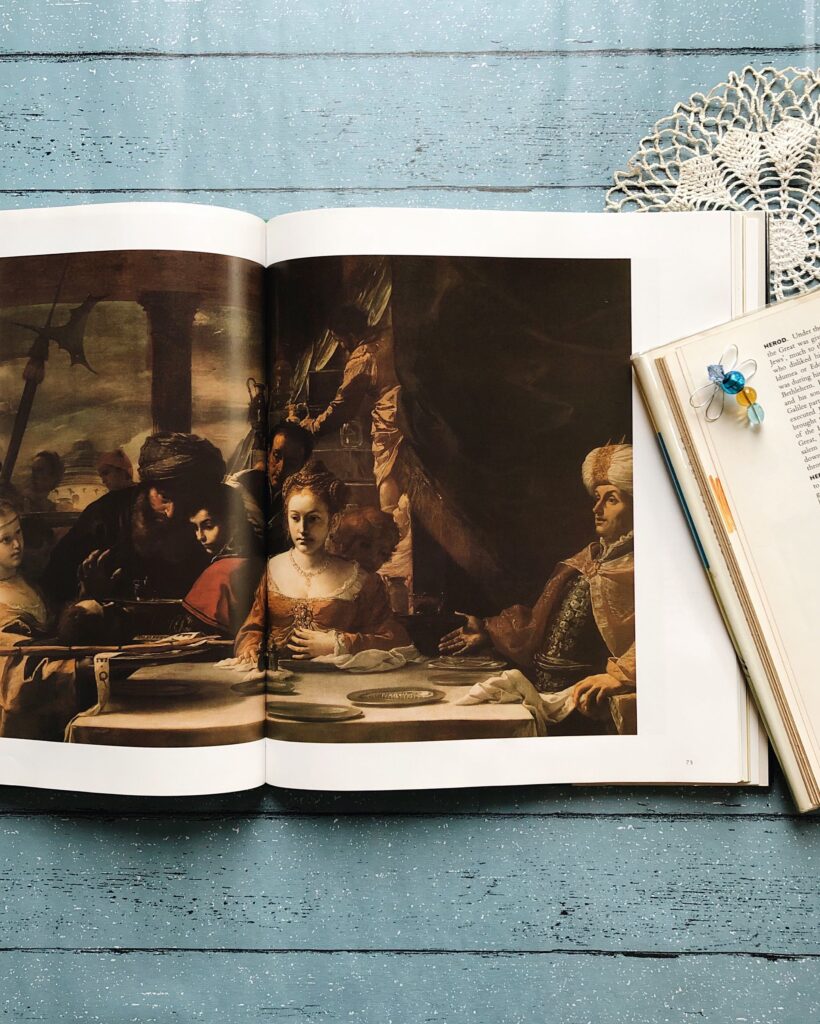
The Revised Common Lectionary reading for the second Sunday of Lent is Luke 13:31-35. In these verses we read of the threats of Herod Antipas and how our Lord responds. Christ shows His perfect security in His Father’s timing; He shows that now is the time for healing and curing, not for hiding and dying. With a beautiful image from nature, Mason connects the theme of this passage to end Christ has in view. What happens on the third day? I invite you to read and meditate on Charlotte Mason’s poem, which speaks to security in the present, and hope for Easter Day. Find it here.
@artmiddlekauff